I was listening to Nick Kayal Wednesday night on The Fanatic after the Sixers beat the Pistons 94-83. He was talking about constructing an All-Star team of collegians who competed in the NCAA tournament. He was setting the ground-rules with his producer Devon Givens. The players not only had to be good, but they also had to mesh well together on the court.
Nick set the beginning parameter around the time of Lew Alcindor (later known as Kareem Abdul Jabbar). Alcindor played at UCLA from 1966 thru 1969. That was Nick Kayal’s starting point.
Before long, both Nick and Devon were boasting about their teams. And then Phil from Mt. Airy happened by the studio and quickly submitted a team that he thought was pretty good. Now, I don’t doubt that all three of their teams were good, but I believed I could put together a team to beat them.
Without knowing any of the players on any of their teams, I knew I could assemble a blockbuster team if Nick moved the starting point back a few years – to, say, 1955. I’d just finished writing an article for Thursday’s BlameMyFather.com about LaSalle’s Tom Gola meeting San Francisco’s Bill Russell in the Finals of the 1955 NCAA tournament and that research was fresh in my mind.
So I tweeted Nick.
Bill Russell and K.C. Jones were teammates with the San Francisco Dons and they led the Dons to consecutive NCAA championships in 1955 and 1956 – beating LaSalle and Iowa respectively. The Dons were 28-1 in 1955 and 29-0 in 1956 – for a combined 57-1 record over that two-year period.
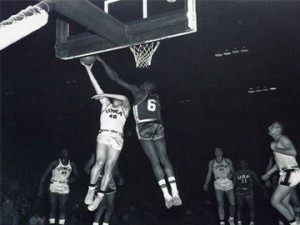 The key to the Dons’ success was tight defense and powerful rebounding. Both Russell and Jones played smothering defense, and Russell controlled the backboards at both ends of the court by averaging 20.3 rebounds per game.
The key to the Dons’ success was tight defense and powerful rebounding. Both Russell and Jones played smothering defense, and Russell controlled the backboards at both ends of the court by averaging 20.3 rebounds per game.
That said, they could also score. Between them, over their three years at USF, Bill Russell and K.C. Jones averaged 30.6 ppg – Jones 9.8 ppg and Russell 20.7 ppg. But neither player was a gunner. There were plenty of shots leftover to spread around to their teammates on the floor.
Now, those two NCAA crowns weren’t the end of the line for Russell and Jones.
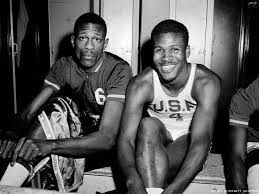 During the summer after the 1956 NCAA victory, they were teammates on Team USA at the Olympics in Melbourne, Australia – and they brought back the gold medal. So that’s three championships they racked up in tandem in less than two years. But that still wasn’t the end for them; it was merely the beginning.
During the summer after the 1956 NCAA victory, they were teammates on Team USA at the Olympics in Melbourne, Australia – and they brought back the gold medal. So that’s three championships they racked up in tandem in less than two years. But that still wasn’t the end for them; it was merely the beginning.
Both Bill Russell and K.C. Jones wound up with the Boston Celtics and they played together for ten seasons – from 1958-59 thru 1967-68. During those ten seasons they helped create a dynasty in Boston that won eight NBA championships.
If you’re keeping score at home, that’s 11 championships for Bill Russell and K.C. Jones as teammates. The obvious conclusion is that they complimented each other well. Russell owned the backboards, both played fierce defense, and they scored without demanding the ball.
A few minutes after I tweeted Nick, he replied.
It was definitely a good start. But I needed three more players. Who next?
No-brainer.
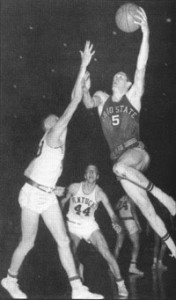 John Havlicek played for the Ohio State Buckeyes and averaged 14.6 ppg as his team went 27-1 and won the NCAA championship in 1961. I’m going to mention his teammates for a reason. On that team, he was surrounded by other good players – Jerry Lucas (24.8 ppg), Mel Nowell (13.6 ppg), Larry Siegfried (15.2 ppg), and a point guard who called himself Bob Knight (4.4 ppg) – but who would later be better known as Bobby Knight. I’ll give you my reason for mentioning them later.
John Havlicek played for the Ohio State Buckeyes and averaged 14.6 ppg as his team went 27-1 and won the NCAA championship in 1961. I’m going to mention his teammates for a reason. On that team, he was surrounded by other good players – Jerry Lucas (24.8 ppg), Mel Nowell (13.6 ppg), Larry Siegfried (15.2 ppg), and a point guard who called himself Bob Knight (4.4 ppg) – but who would later be better known as Bobby Knight. I’ll give you my reason for mentioning them later.
As fate would have it, Havlicek went on to play for the Celtics and upped his scoring to 20.8 ppg over his 16 years in Boston. Why the increase in his scoring as a pro?
John Havlicek played with Bill Russell and K.C. Jones for five seasons – 1962 thru 1966 – and they made him better. Not by chance, the Celtics were NBA champions all five years while that trio were teammates.
These three guys brought out the best in each other. Like Russell and Jones, Havlicek played great defense and could score without demanding the ball. And after K.C. Jones retired, Russell and Havlicek remained together and won two more NBA championships in 1968-69 and 1969-70.
So that gave me three players who meshed well and won championships.
Next I picked Bill Bradley.
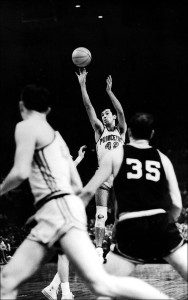 Considered to be the best high school player in the country in 1961, Bradley was ticketed to Durham, North Carolina, to play for Duke. But Bradley broke a bone in his foot during a pickup game that summer and opted to attend Princeton instead. If the injury curtailed his performance on the court, he reasoned, he’d wind up with a better education by attending an Ivy League school.
Considered to be the best high school player in the country in 1961, Bradley was ticketed to Durham, North Carolina, to play for Duke. But Bradley broke a bone in his foot during a pickup game that summer and opted to attend Princeton instead. If the injury curtailed his performance on the court, he reasoned, he’d wind up with a better education by attending an Ivy League school.
In the 1965 NCAA finals, Bill Bradley, at 6-5, carried a team of slow Ivy League white guys to the Final Four. If you were fortunate to see Princeton’s 109-69 dominance over Providence, you saw one of the greatest one-man-shows in the history of the NCAA tournament. Bill Bradley went 14-for-20 from the floor and 13-for-13 for the line as he pumped in 41 points from everywhere on the floor.
For my team, Bill Bradley was a great fit. Like Russell, Jones, and Havlicek before him, he played strong defense and could score without demanding the ball.
So I tweeted Nick Kayal again.
So now I had four players. Who would be my fifth?
It had to be someone who would mesh with the other four. He had to be a team player who played defense and was unselfish. But I wanted my fifth man to be someone who could light up the scoreboard if given the opportunity.
A little bit of thinking – and then another no-brainer.
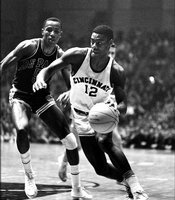 As it turns out, I was wrong about the “4 Final Fours.” Wasn’t thinking straight. To begin with, freshmen were ineligible back then. At most, he could’ve only played in three.
As it turns out, I was wrong about the “4 Final Fours.” Wasn’t thinking straight. To begin with, freshmen were ineligible back then. At most, he could’ve only played in three.
As it turned out, Oscar Robertson led the Bearcats to a combined 79-9 record in his three years at Cincinnati – but he only took his team to two Final Four appearances. He made three consecutive All-American first teams by consensus, averaged 33.8 ppg throughout his collegiate career, and led Division I in scoring one season. So I had my scorer.
He failed to win an NCAA title in his two attempts, but he won a gold medal on Team USA in the 1960 Olympics in Rome. In fact, he co-captained that team with Jerry West.
So Robertson was a perfect fit with my four others players. Like the rest, he played strong D, rebounded, and scored without demanding the ball. But he could really score if needed.
I was done. I had the perfect team.
Or did I?
As well as Bill Bradley fit with the others, I suddenly had reservations. Not because he wasn’t a good fit, but because I thought I could replace him with a perfect fit. The player tempting me was not a marquee name.
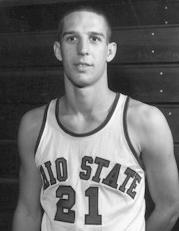 My fifth player was now going to be Larry Siegfried – one of John Havlicek’s teammates at Ohio State. And better yet, he was also a teammate with Havlicek, Bill Russell, and K.C. Jones with the Celtics.
My fifth player was now going to be Larry Siegfried – one of John Havlicek’s teammates at Ohio State. And better yet, he was also a teammate with Havlicek, Bill Russell, and K.C. Jones with the Celtics.
Siegfried played for the Celtics for ten seasons – from 1963 thru 1972. During that time he teamed with Russell, Jones, and Havlicek to win four NBA championships. And after K.C. Jones retired, Siegfried won two more NBA titles with Russell and Havlicek.
Those four players combined for six NCAA championships, an incredible 34 NBA championships, and three Olympic gold medals.
That’s it. That’s my team – Bill Russell, K.C. Jones, John Havlicek, Oscar Robertson, and Larry Siegfried – and I don’t think anyone in the world can beat me.
Hmmm – Jerry West won Olympic gold with the Big O. Would West be a better fit than Larry Siegfried?
Nah – don’t want to mess with my chemistry. I’m set. Go ahead, I dare you. Try to beat me.
Barry Bowe is the author of Born to Be Wild, 1964 – The Year the Phillies Blew the Pennant, and 12 Best Eagles QBs.
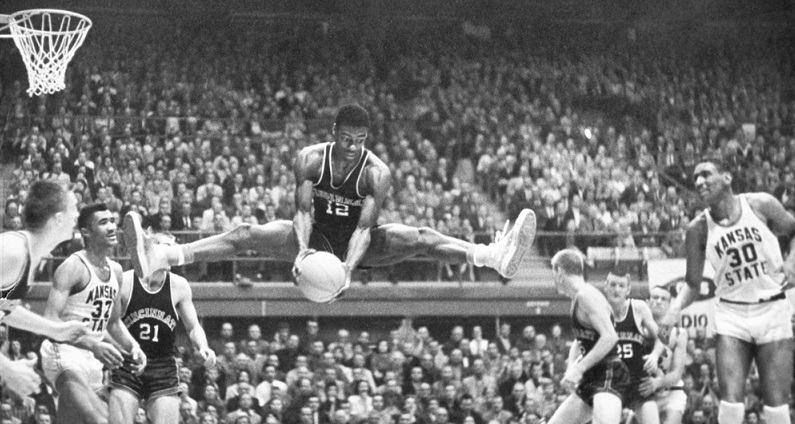




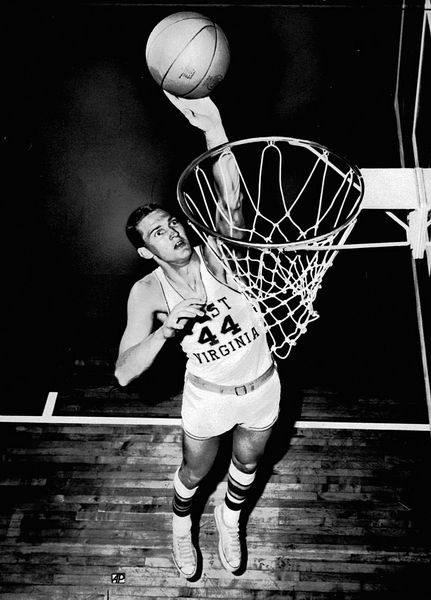

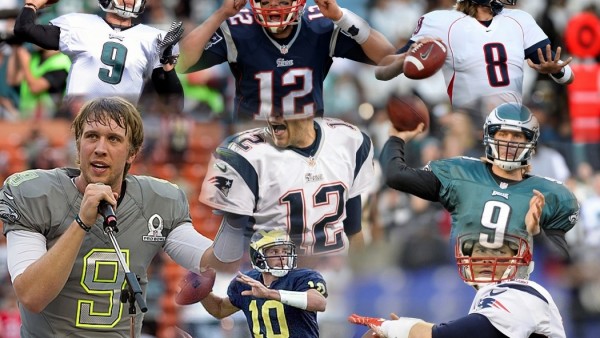
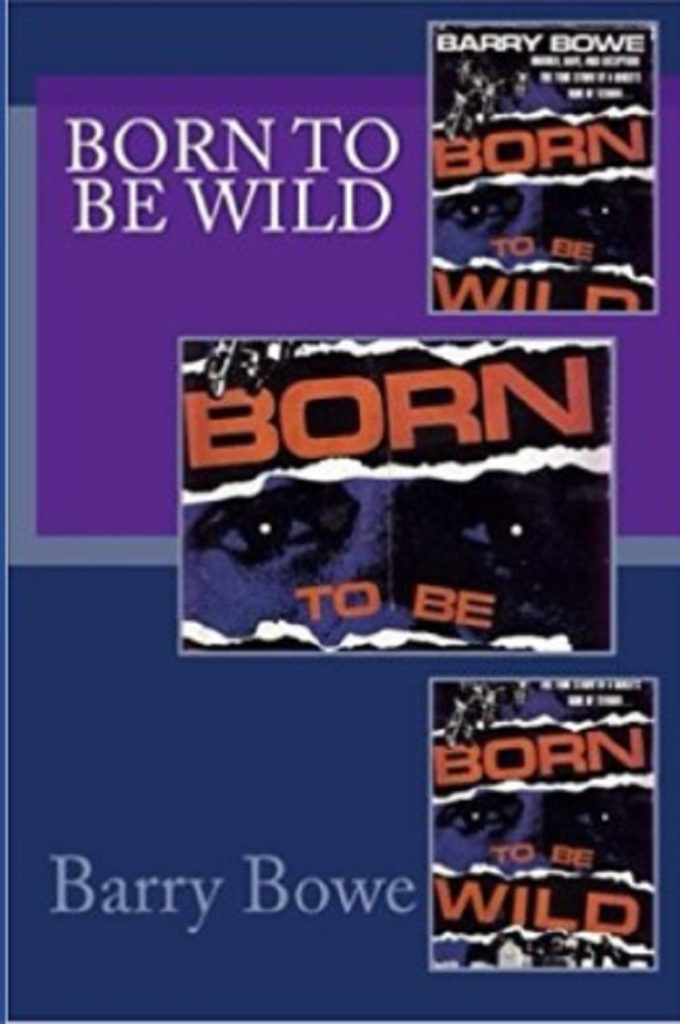
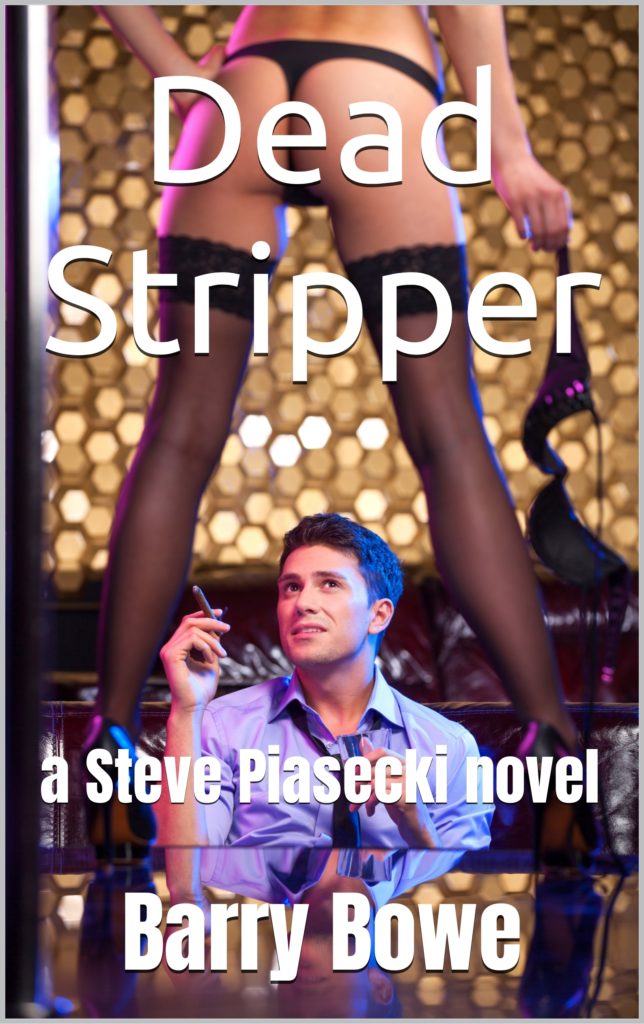
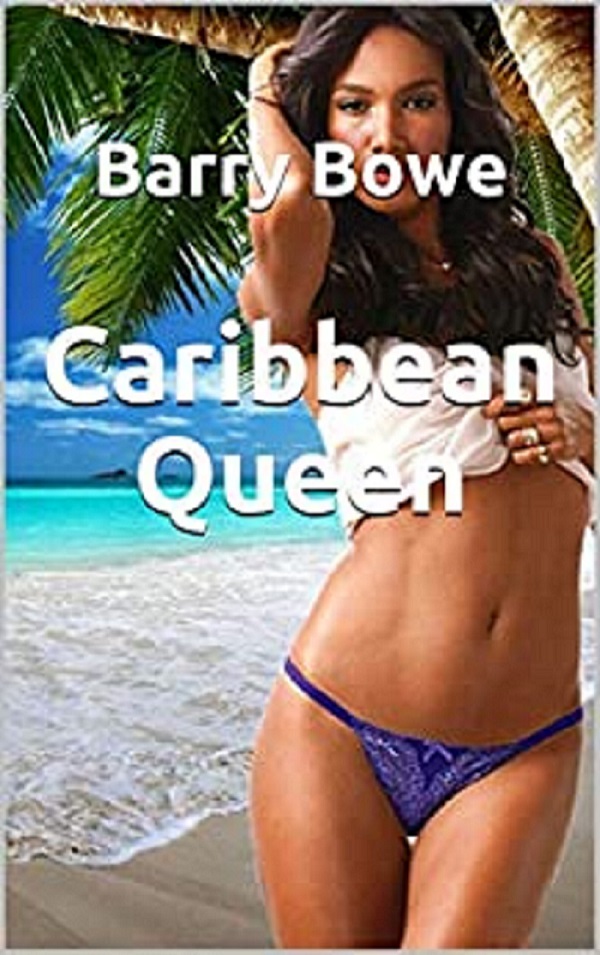
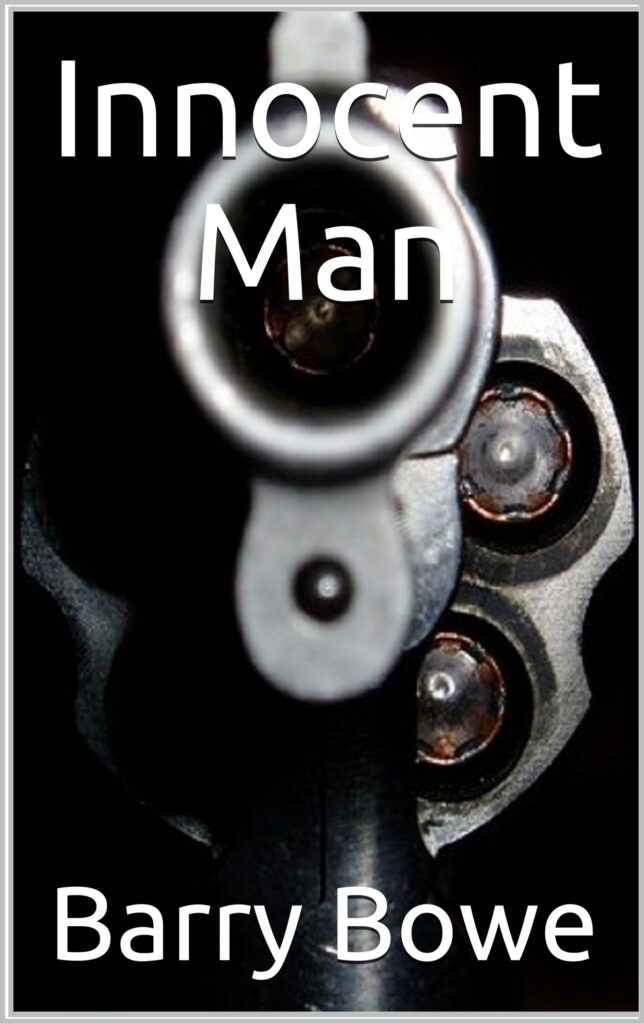
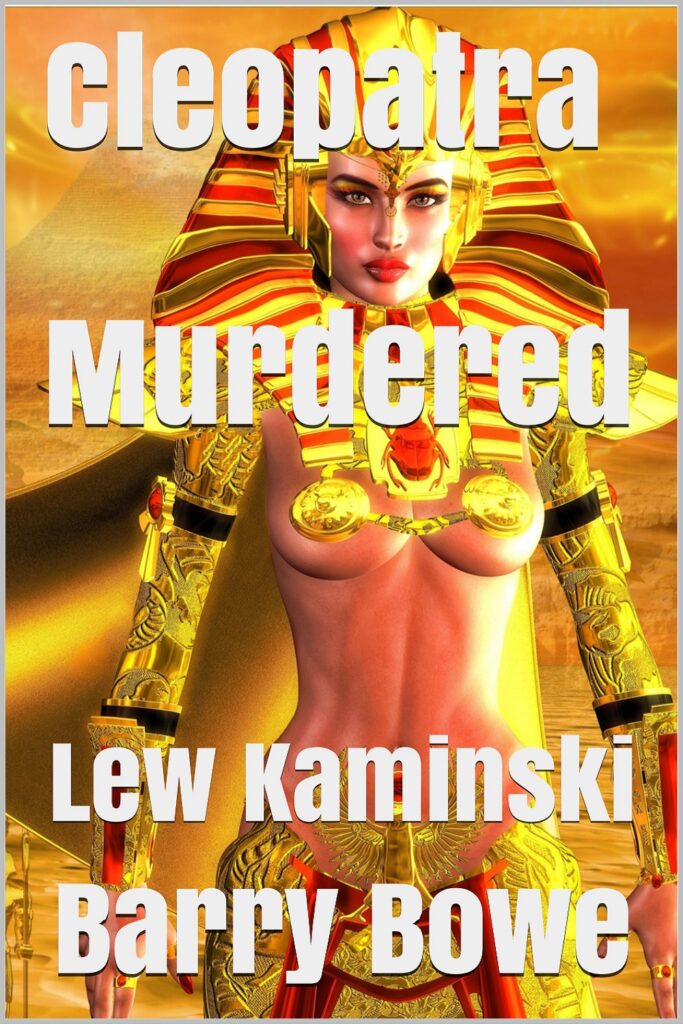
Comments
No Comments